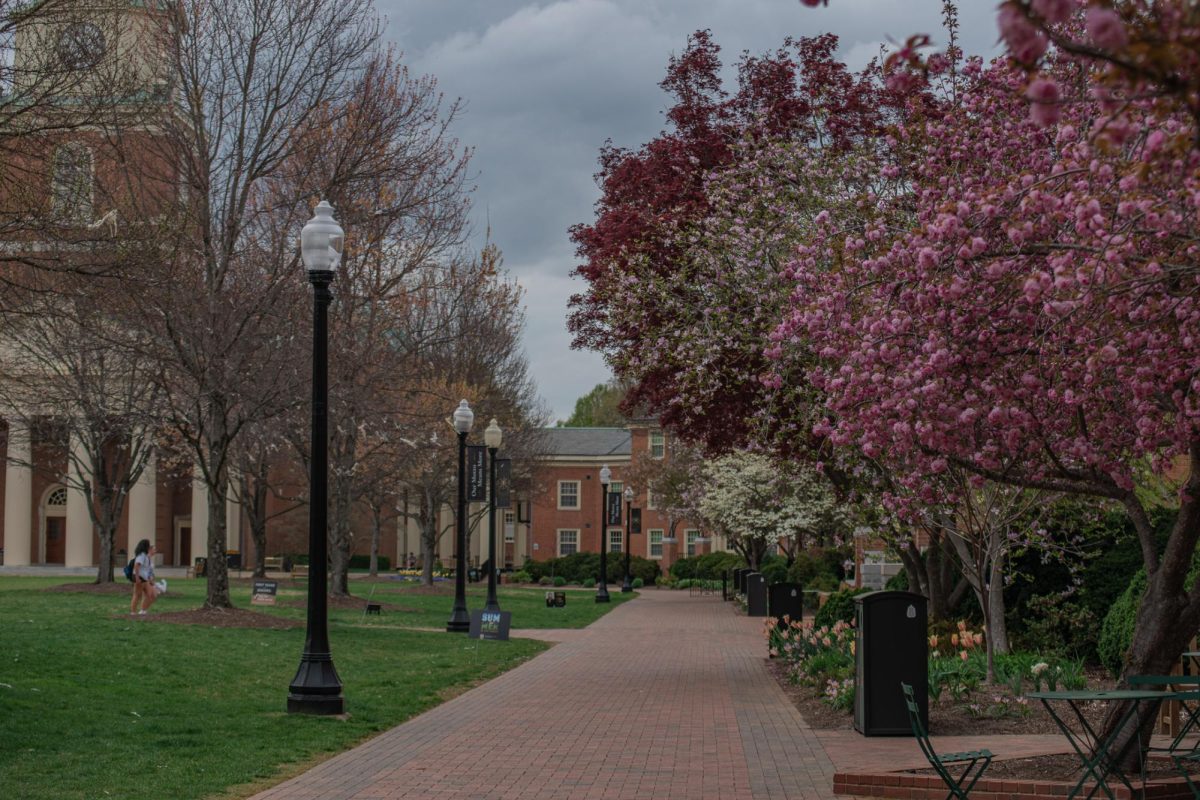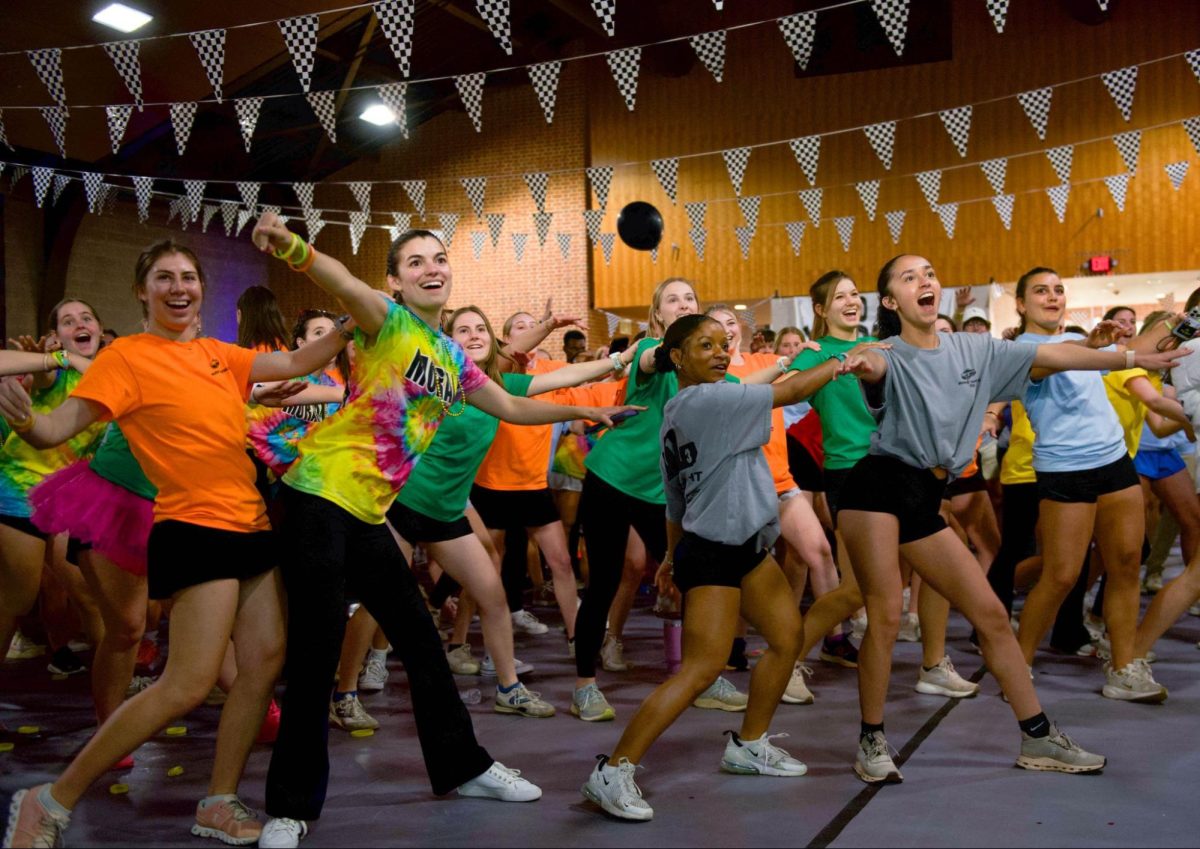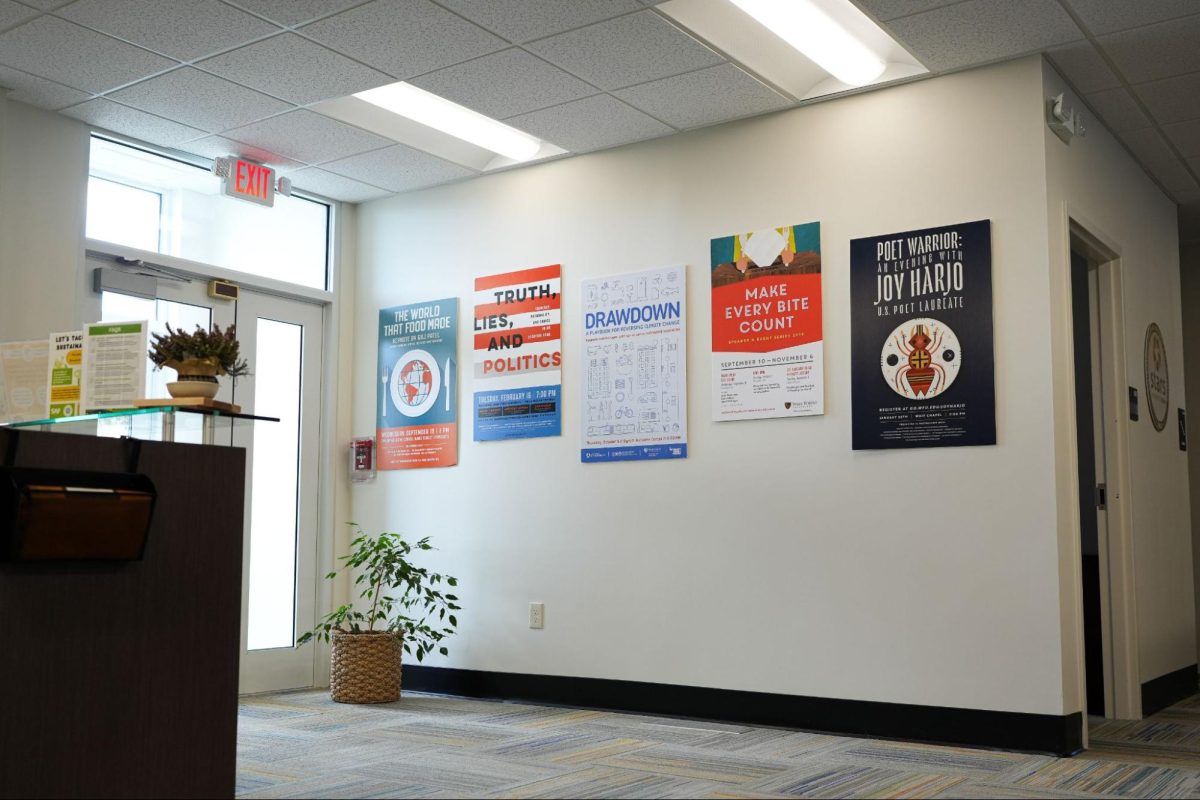The days after the election, I met two of my friends for lunch. It was like a poorly written joke: “A Harris voter, a Trump voter and a non-voter walk into the dining hall…”
We all started cautiously discussing the results of the election and which specific political issues informed our decisions. The sad punchline was this: we couldn’t even agree on the facts surrounding the issues.
The journalist student in me came out as I probed them on where they read the information that supported their arguments and whether they had read the same pieces that concerned me. Relenting, they politely confessed that they did not have the time to read and vet stories while balancing their intense STEM and business majors, and often only had time to read headlines or brief clips.
This I can understand and empathize with, as there is an overwhelming and exhaustive amount of news alerts on our phones every hour, ranging from horrific global tragedies to the best recipe for winter soups. What struck me more was how they frequently found these news snippets on their phones to be heavily biased.
They took out their phones and showed me an example of such. It was a headline for a New York Times opinion article that was sent out through Apple News. I explained how they correctly identified the article as biased because it was an opinion piece from a columnist and not straight news, which they had originally thought.
“Ok, but how are we supposed to know that after just glancing at an alert on our phones quickly?” they asked. “Why are they even blasting anything that isn’t straight, unbiased news?”
This is a valid point, as the separate sections of newspapers are not as evident as they used to be.
Before smartphones and tablets existed, Americans read newspapers. The news section, opinion section and every other section were separated by page numbers and were easily understood for their specific content. News, opinion, sports, features and obituaries informed readers cohesively on their respective subjects.
With these distinctions unclear in the contemporary world of technology and social media, it has become difficult for intelligent people — including my two highly intelligent friends who attend a top university –– to understand the structure of news outlets. Wake Forest students not being able to read the news comprehensively is completely unacceptable and entirely unavoidable.
Most Americans are not news literate, and it is not their fault.
A lack of news literacy in the digital age has only perpetuated the false narrative that most “legacy” news organizations are either heavily biased, conspiring against the good of the public or simply lying. This falsity disenfranchises the free press, whose primary job is to hold people in power accountable, and it damages our democracy.
This is not to say that all news outlets are unbiased or altruistic in their reporting; however, lumping all news outlets together as corrupt is inaccurate. News literacy is essential to help readers distinguish credible news pieces and identify potential bias in pieces.
Justin Catanoso is the former director of the journalism program at Wake Forest, with decades of experience working as an editor and journalist. Catanoso has taught news literacy classes to journalism students at Wake Forest University for many years.
“People who become news literate understand that real news must contain information with multiple credible sources and verified facts,” Catanoso said. “It must be independent of its sources and its ownership. And it must be transparent in its reporting and accountable for its errors. This takes ignoring social media, reading full stories not just headlines and alerts and seeking out information that challenges one’s beliefs, not merely confirms one’s biases.”
It’s a fundamental part of being an informed citizen and is mandatory for all journalism students at the university — so why aren’t we teaching it at a foundational age if it is this important?
As American values and needs have shifted throughout history, so has the curriculum. Cursive handwriting, basic computer skills and home economics have become antiqued and nearly extinct as our society’s educational needs have changed.
Receiving and interpreting news has become increasingly complicated since the age of local newspapers being thrown onto the doorsteps of homes each morning has mostly passed. Teaching children and young adults how to decipher and digest information is vital to fostering a more informed and engaged nation.
“Those who take a little extra time to become informed and seek an objective truth in real media are rewarded with trustworthy knowledge to make important decisions about their lives and their votes,” Catanoso says.
Furthermore, as Generative AI enters the media sphere, and even more advanced AI is insidiously looming, our education systems need to get ahead of the threat.
The solution to ignorance and deception has always been education. Learning how to be news literate is an incredible asset and of the utmost importance now more than ever before. Instead of placing blame on the individual for not educating themselves or simply giving up on trusting any news outlet, there needs to be a serious reevaluation of how we’re discussing and incorporating news literacy into curriculums.












Lambert • Mar 25, 2025 at 11:58 am
“Wake Forest students not being able to read the news comprehensively is completely unacceptable and entirely unavoidable. ” This is a powerful quote. I would have been in the same place had I not accidentally took an Intro to Journalism class, which was teaching more than writing news or interviewing sources but the right way to perceive a large part of our daily information intake. And I may still fail to perceive biases because of the complex media landscape, or just a sheer lack of time to research.
However, this added knowledge on appreciating the sources and angles of information indeed allows me to analyze the factual grounds of journalists and bloggers and discern if the conclusion comes from a comprehensive view on the matter. I hope I will continue to stay open-minded.
Ethan Achmoody • Mar 10, 2025 at 5:14 pm
I really enjoyed this piece. Many believe that the media has a demonstrative proclivity for dishonesty and sullying the truth of stories, but really that is not what is before us. I love what you cited from Professor Catanoso – we are really in a time period where as curricular demands evolve, we must highlight the further need for news literacy. There are opinion and fact. Knowing what those two really mean, and how to dissect the value from both are crucial for reflective citizenship.